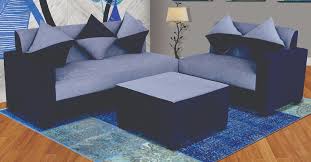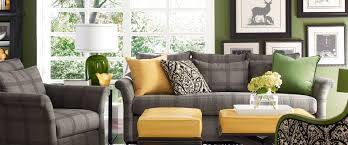Designing Minimalist Elegance: The Beauty of Simplicity
In a world filled with noise and complexity, the concept of minimalist elegance offers a breath of fresh air. It’s a design philosophy that celebrates the beauty of simplicity, creating spaces that are refined, tranquil, and timeless. Embracing minimalist elegance is an art that combines clean lines, thoughtful restraint, and a focus on quality over quantity. Let’s explore the essence of minimalist elegance and how it transforms spaces into serene havens of beauty.
- Embracing Essential Elements
At the heart of minimalist elegance lies the art of stylish fabrics paring down to the essentials. It’s about selecting a few key elements that capture the essence of a space’s purpose and allowing them to shine without distractions.

- Clean Lines and Geometry
Minimalism is characterized by clean, uncluttered lines and geometric shapes. Straight lines and simple forms create a sense of order and calm, contributing to the elegance of the space.
- Neutral Palette
A neutral color palette forms the canvas of minimalist elegance. Whites, creams, grays, and muted tones create a serene backdrop that allows design elements and textures to stand out.
- Quality over Quantity
Minimalism is about choosing quality over quantity. Instead of cluttering a space with numerous items, select a few well-crafted pieces that make a statement and withstand the test of time.
- Thoughtful Material Selection
Materials play a pivotal role in minimalist design. Opt for high-quality, tactile materials like natural woods, marble, and metals. These materials create depth and visual interest without overwhelming the space.
- Negative Space as a Design Element
Negative space—or empty space—is as important as the elements themselves. It provides visual breathing room, allowing the eye to rest and appreciate the beauty of the design.
- Functional Design
Minimalism isn’t just about aesthetics—it’s about functionality. Design with purpose in mind, creating spaces that are efficient and serve the needs of the occupants without excess.
- Intentional Furniture Placement
Each piece of furniture should have a purpose. Place furniture in a way that maximizes flow and functionality while maintaining a sense of openness.
- Balance and Symmetry
Maintaining balance and symmetry is crucial in minimalist design. Evenly distributing elements and maintaining a sense of equilibrium contributes to the visual harmony of the space.
- Thoughtful Lighting
Lighting plays a significant role in enhancing minimalist elegance. Clean, modern lighting fixtures contribute to the aesthetic while providing the right illumination for the space.
- Minimalist Decor
In minimalist elegance, decor is intentionally restrained. A few carefully selected pieces—a sculptural vase, a piece of artwork, or a unique accessory—add character without clutter.
- Tranquil Atmosphere
Minimalist elegance creates a serene atmosphere that encourages relaxation and contemplation. The uncluttered environment allows occupants to focus on the beauty of the space and experience a sense of tranquility.
Minimalist elegance is an ode to the art of less being more. It’s a design philosophy that proves that simplicity is a statement in itself—one that communicates sophistication, refinement, and a keen eye for detail. By stripping away excess and embracing the essential, minimalist elegance allows the inherent beauty of materials, forms, and space to take center stage. It’s a testament to the power of restraint and the ability of design to create spaces that resonate with calmness, beauty, and timelessness.




